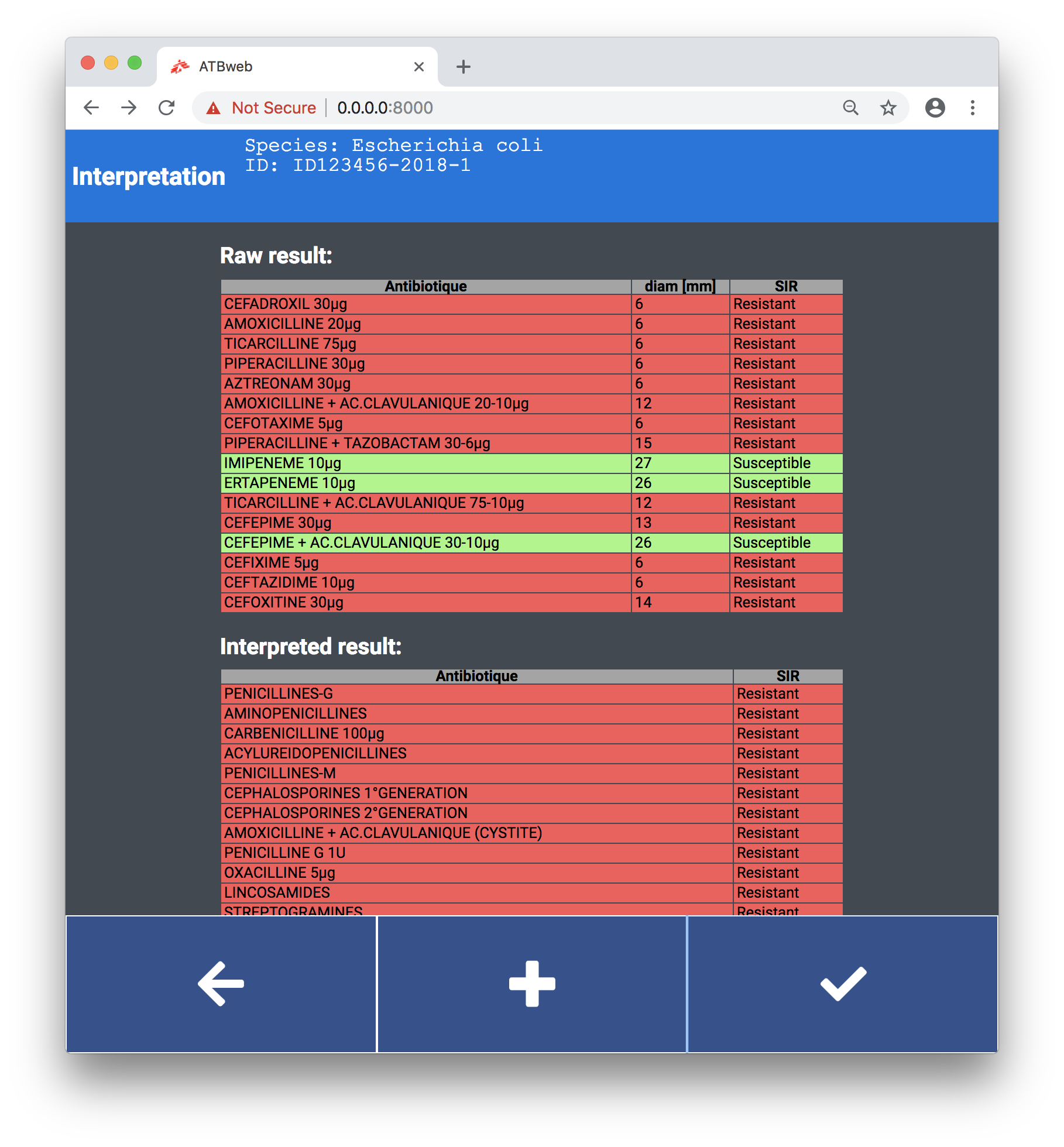Screenshots
Application home
The user enters the relevant data for the analysis, then takes a picture of the antibiogram with the device camera.
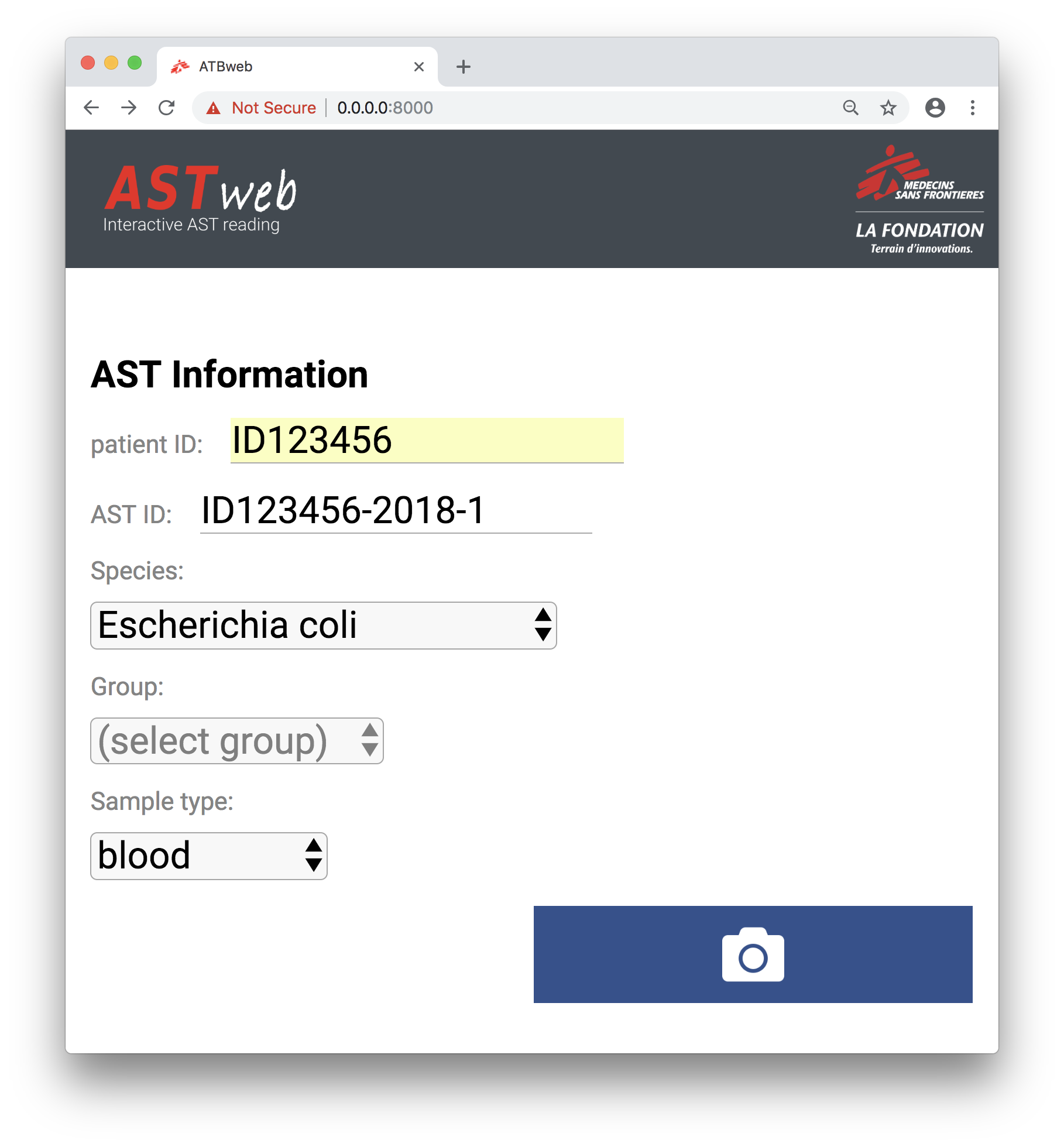
Petri dish selection
The analysis begins with a step-by-step validation process, where ASTapp asks the user to validate or adjust its automatic results. Here, the app finds the petri dish in the picture.
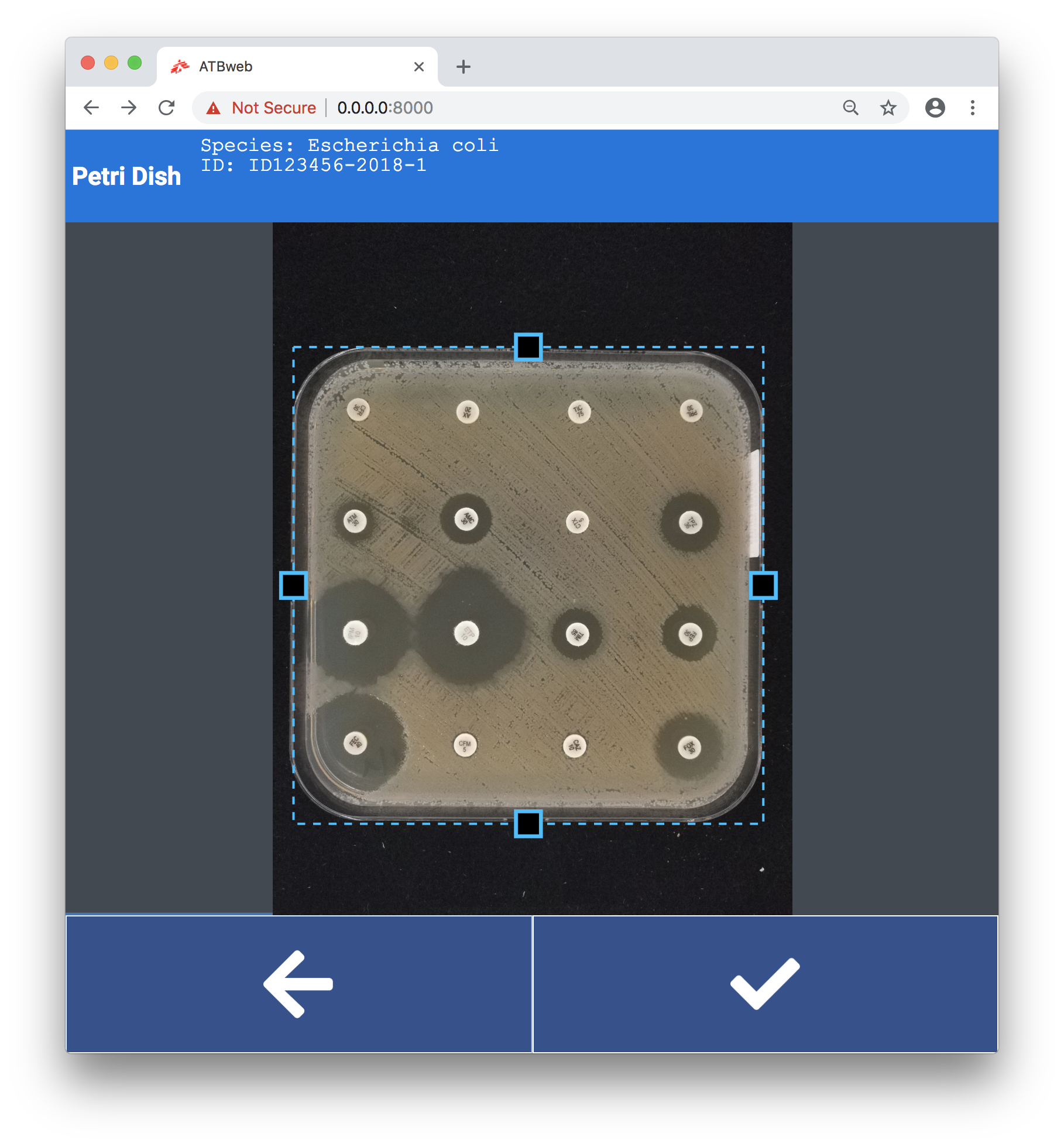
Find Antibiotic disks
Then, ASTapp finds the antibiotic antibiotic pellets (small white disks). If something went wrong, the user can edit and adjust the result (with a zoomed view).


Read antibiotic names
ASTapp reads the name of the antibiotics, printed on each white disk.
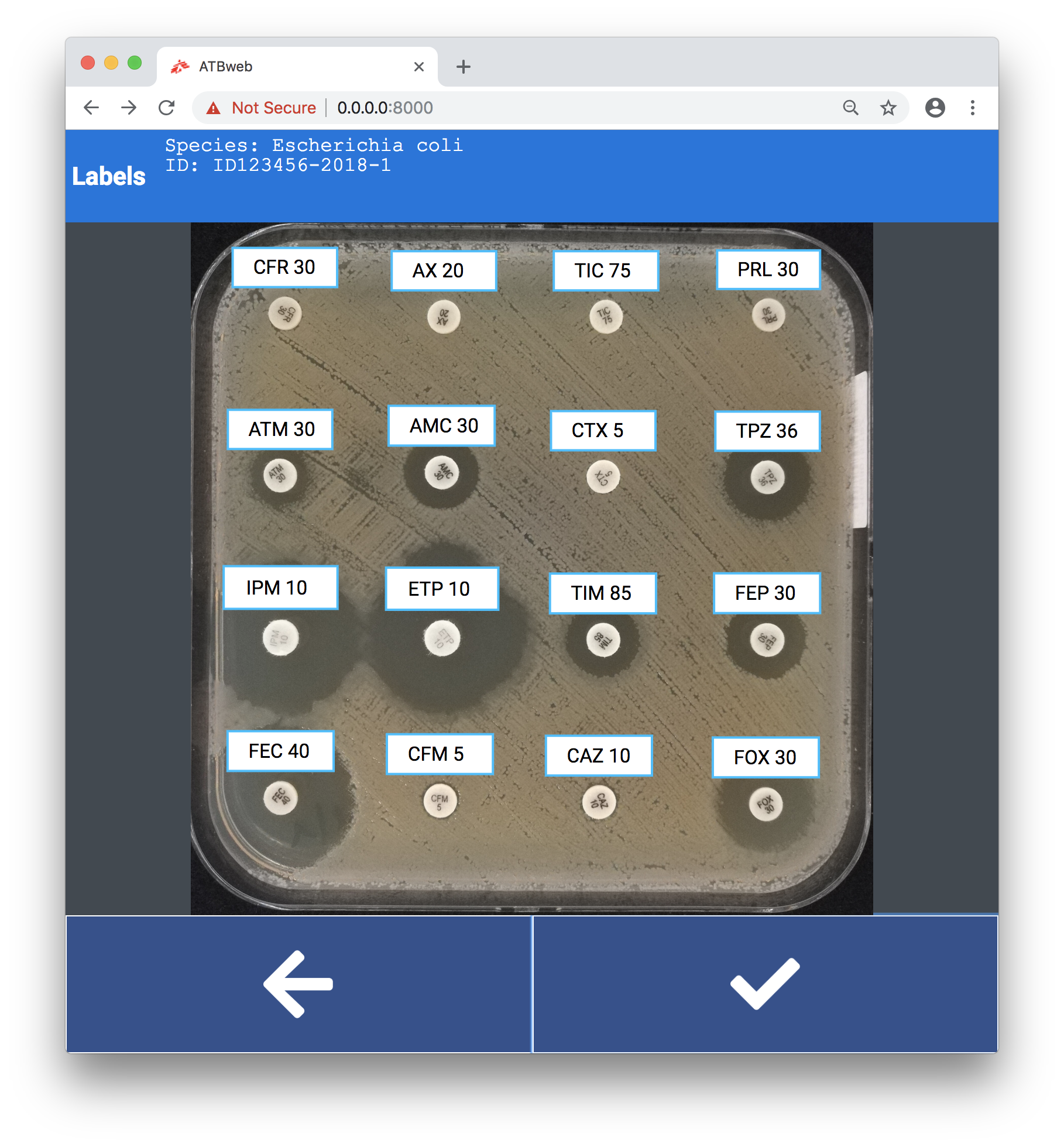
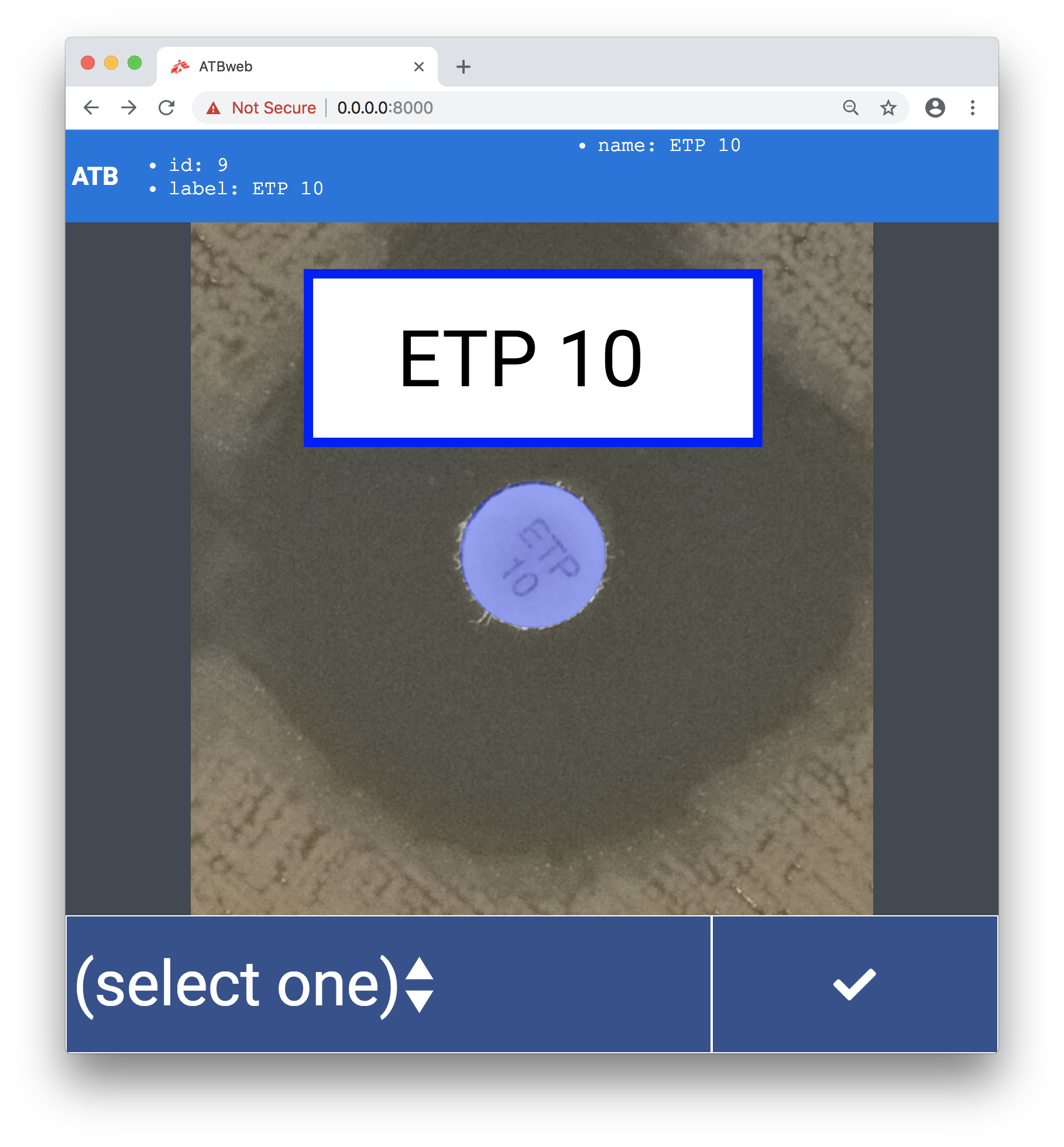
Measure the inhibition diameters
ASTapp measures the “inhibition diameters”, the size of the zones where the bacteria did not grow in proximity of an effective antibiotic. Once again, the user can adjust the automatic measurements.
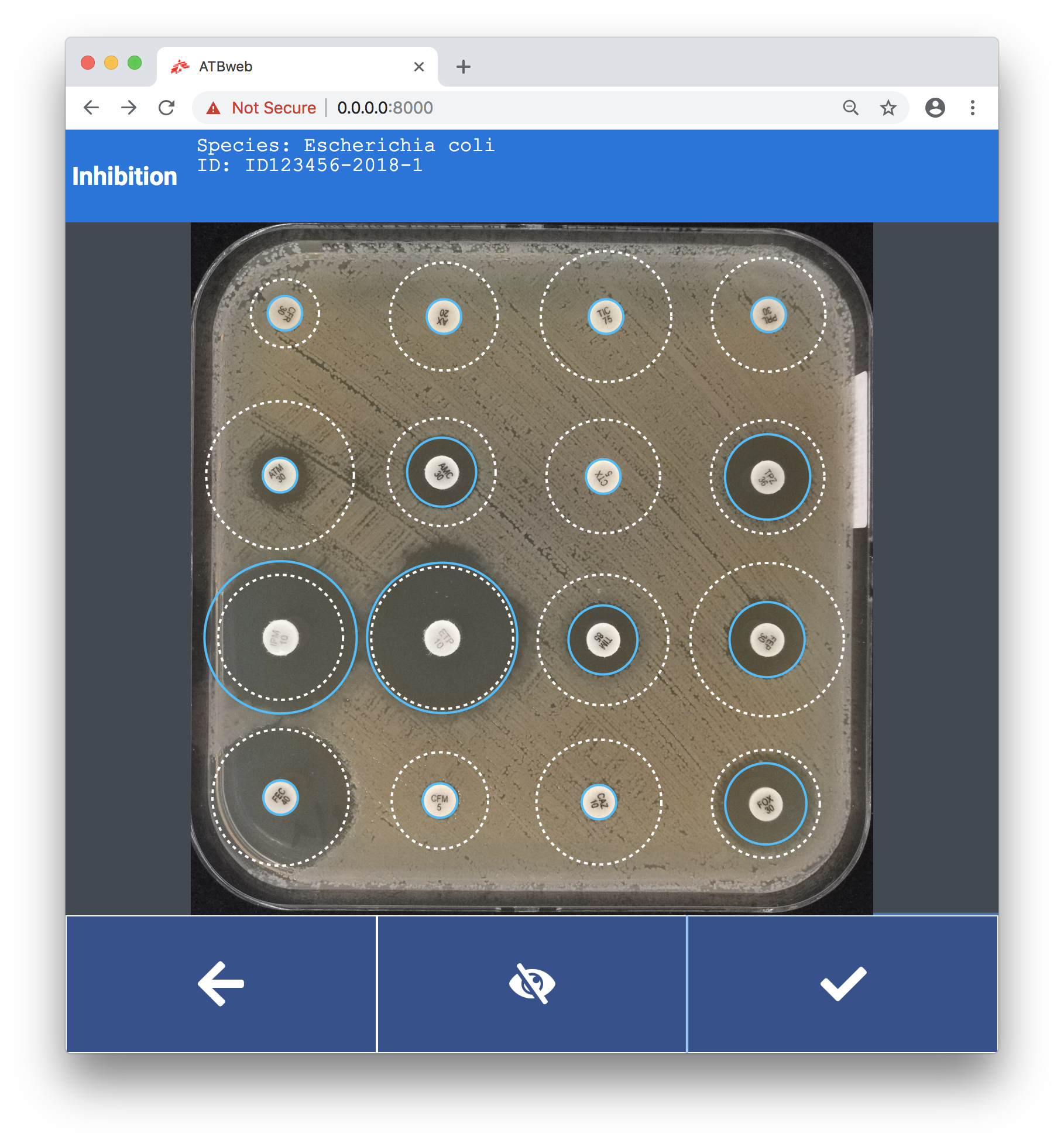
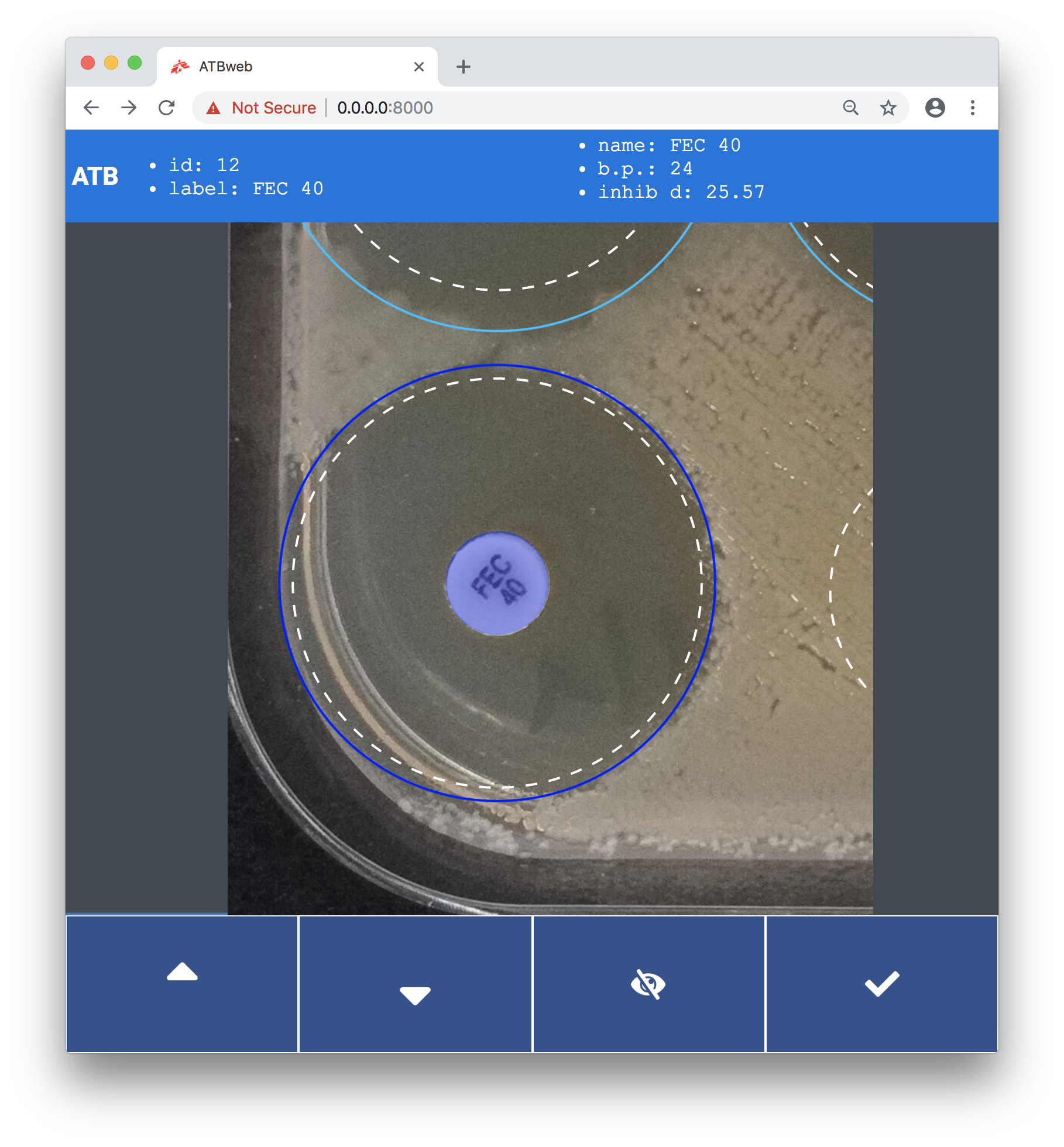
Get the interpreted results
The diameters are converted in resistance information. ASTapp shows this result to the user, together with its interpretation: a set of rules is applied to the measured result to check the overall coherence and extrapolate resistances to other (non-tested) antibiotics.
